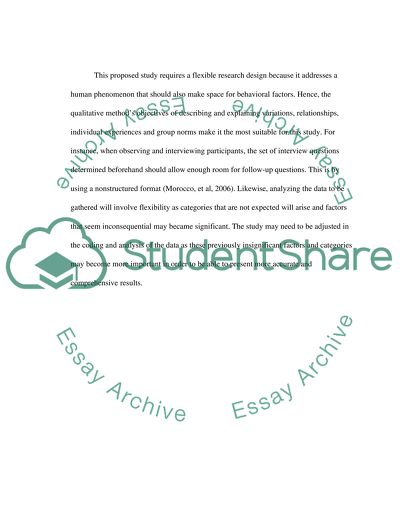Cite this document
(“Why Do Students with Disabilities Drop Out of High School Essay”, n.d.)
Retrieved from https://studentshare.org/education/1423495-chapter
Retrieved from https://studentshare.org/education/1423495-chapter
(Why Do Students With Disabilities Drop Out of High School Essay)
https://studentshare.org/education/1423495-chapter.
https://studentshare.org/education/1423495-chapter.
“Why Do Students With Disabilities Drop Out of High School Essay”, n.d. https://studentshare.org/education/1423495-chapter.


